Pamukkale: Tourism and Tourist Attractions
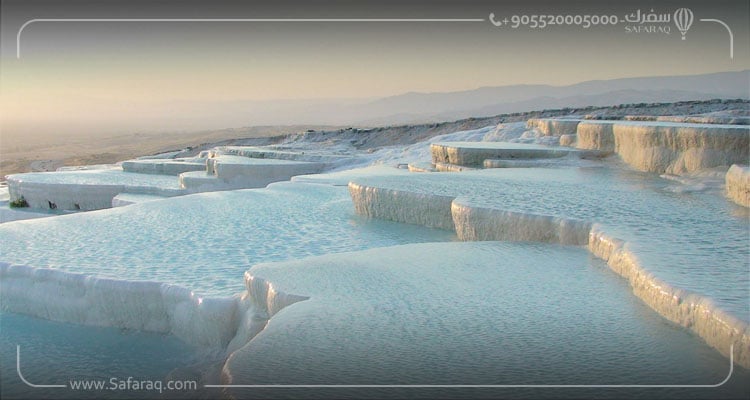
Pamukkale Background
Turkey's Pamukkale, commonly known as the "cotton castle," is situated on the southern bank of the ancient city of Hierapolis. Since thousands of years ago, when the water travelled farther from the calcareous hot water source, it grew colder and more solid, forming travertine terraces in the form of floors and stairs.
The Pamukkale Travertine contains "radon gas," which has a calming effect on individuals. Pamukkale Travertine, in addition to being a rare natural phenomenon, has therapeutic properties as hot springs.
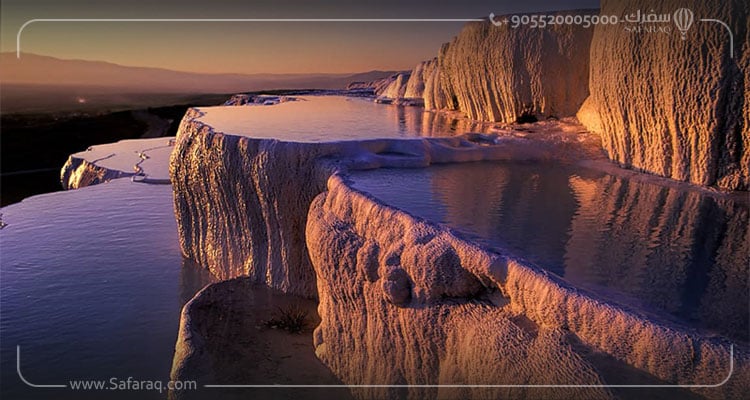
5 Top-Rated Attractions & Things to Do in Pamukkale
Walk Up or Down the Travertines
Since shoes are not permitted in the travertines, you must ascend via them from the little hamlet of Pamukkale. You'll have to lug your shoes through the water and swimming pools. Be cautious since the stairs are slick and the climb to the summit could be challenging and tiresome.
Explore Hierapolis City Ruins
The historic city of Hierapolis, also known as the "Holy City" (in Greek translation), is situated near Pamukkale, around 17 kilometres from Denizli. They are situated on a 350-meter-high mountain slope. In the second millennium BC, the earliest structures were constructed on the site of Hierapolis. The image collection contains the Hierapolis plan.
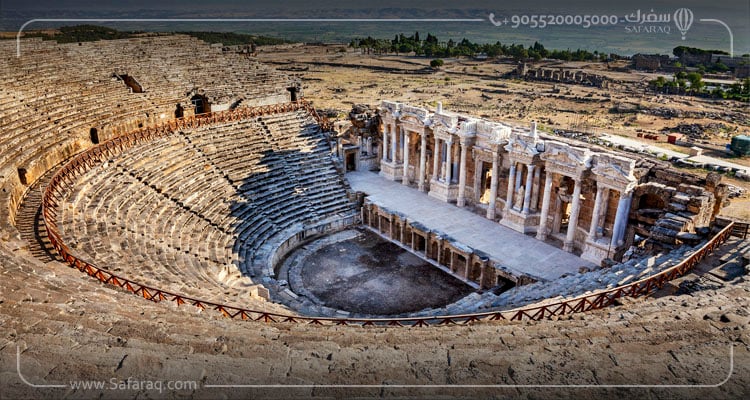
Admire Hierapolis Theater
A historic theatre perched on a hillside is one of Hierapolis, Turkey's most significant landmarks. The structure is made of solid rock, and the staircase's total height is roughly 100 meters. There are fifty rows of seats for spectators, divided into seven districts by walkways. The theatre could hold roughly 10,000 people after the construction work was finished.
Cleopatra’s Pool
One especially stunning area supplied by the same hot springs is located above the Pamukkale white travertine pools. You may take a dip in these same waters where Cleopatra once went swimming! You may take use of these storied healing waters at a contemporary spa that is well-run.
The Antique Pool, which Cleopatra, Queen of Egypt, preferred, has clear, warm water as opposed to the lower pools' white water. It used to be topped by a Roman temple dedicated to Apollo, whose elaborate roof was supported by Doric columns. Consider how Cleopatra may have felt if you picture it in its heyday.
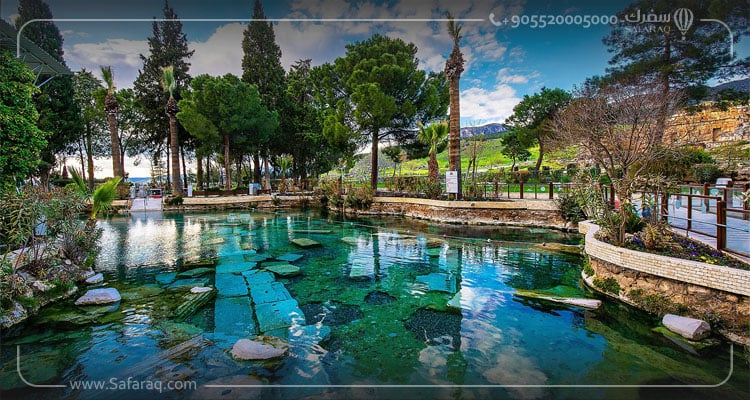
Visit the Hierapolis Archaeological Museum
In the Ancient City of Hierapolis, on a 14,000 m2 plot of land, stands the Archaeological Museum. It is a group of buildings that includes a library, a gym, and an ancient Roman bath.
The Hierapolis Southern Bath (Great Bath Building) was built between the eras of Hadrian (117–138 A.D.) and Severius. It is situated in the southwest of the city, near the entrance to the travertine canals.
The sediments gathered by the water creating Pamukkale's white travertines increased the level of the Roman Bath by 5 meters after the old city was abandoned.
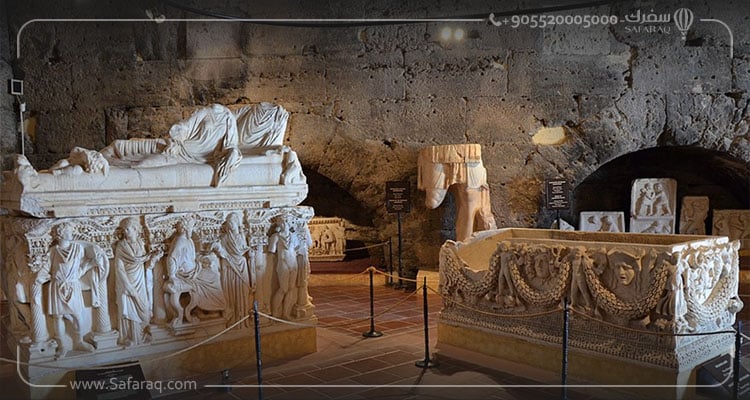
Safaraq Tourism is one of the best companies that provide tourism services in Turkey
For your Pamukkale tourism trip, relax and let our team worry about the details. At Safaraq, we provide a wide range of services and tour packages that make your trip easy and safe.
- Pick Up Service
- Hotel and Accommodation
- Car Rental
- Special Tour Programs
Yes, but only for the otherworldly Cotton Castle. The ruins of Hierapolis are average at best, consisting mostly of a medium-sized amphitheatre. On the other hand, they might be just good enough for you, if you find yourself unable to visit Ephesus as I was—more on that in just a second.
One full day should be enough to see all Pamukkale has to offer.
One full day should be enough to see all Pamukkale has to offer.
The area is famous for a carbonate mineral left by the flowing of thermal spring water.
Edited by Safaraq Tourism
Did you like our topic? You can share it with your friends.
Featured tourist services
We offer top tourist services with the highest standards of quality and luxury with 24/7 follow-up.

Flight reservations

Tourist programs

Hotels and Resorts

Car Reservation

Group Tours

VIP Services
Subscribe To Our Newsletter
Find More About The Latest Safaraq






















 Home
Home




